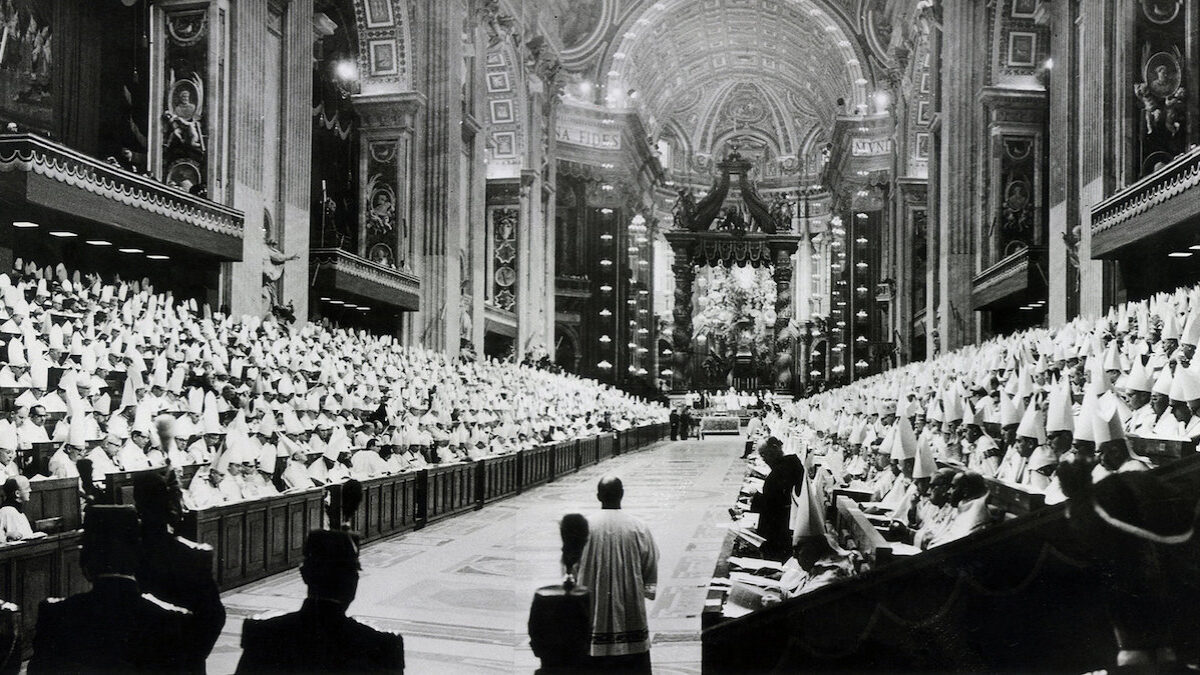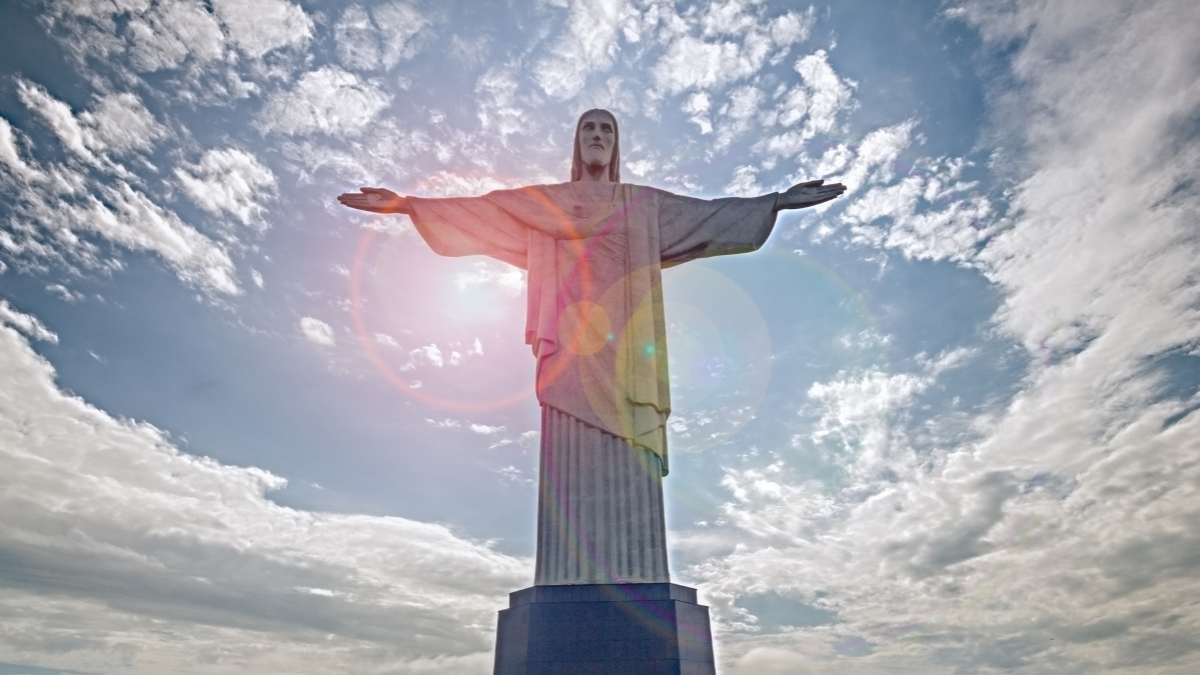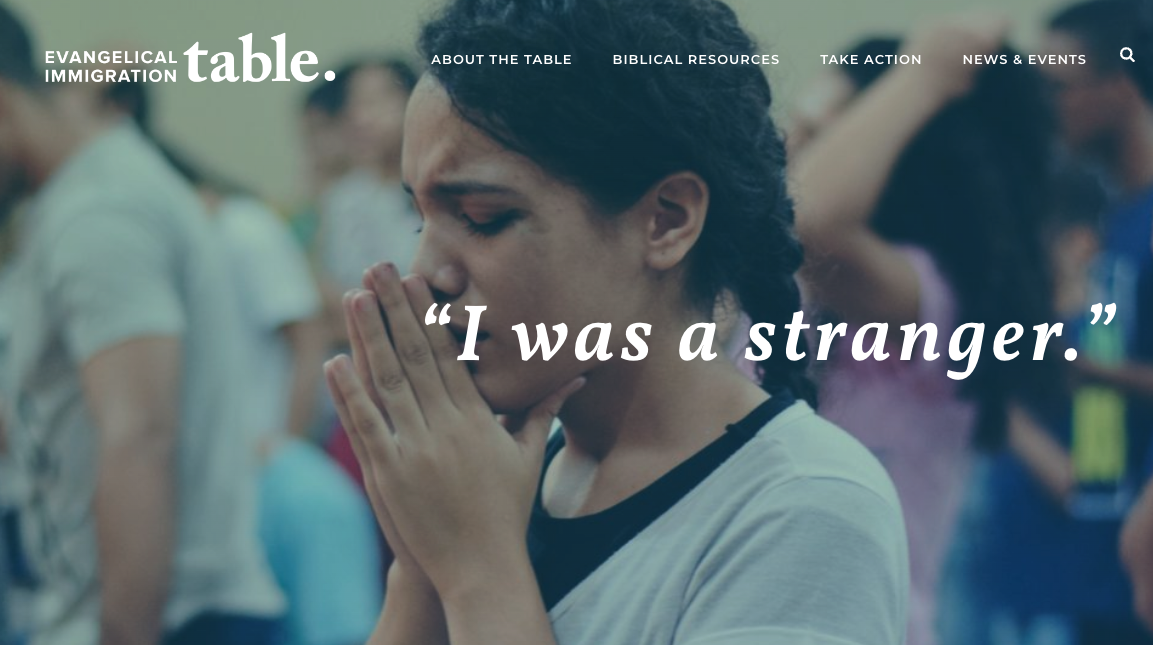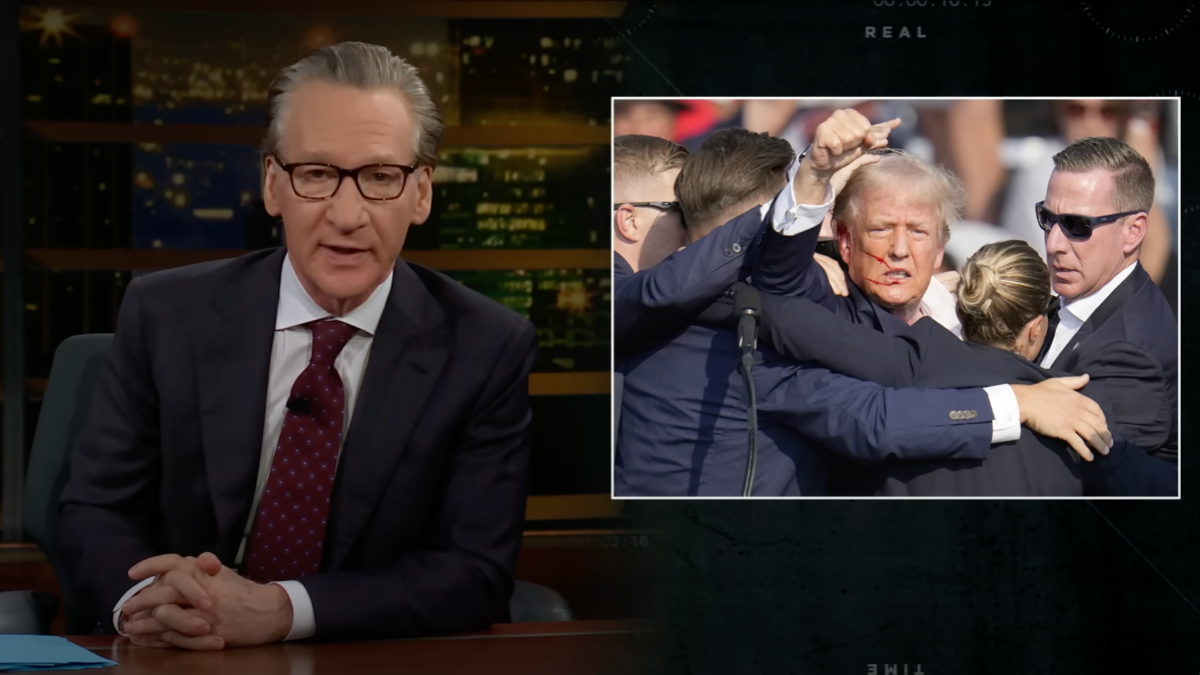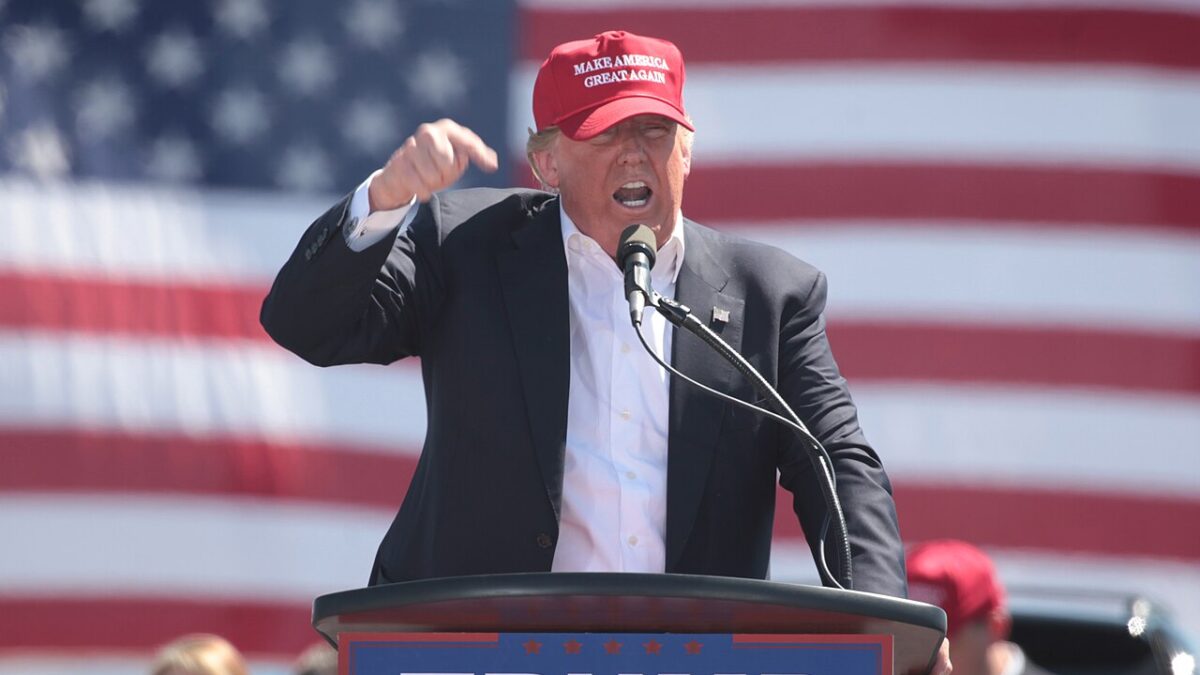George Weigel has a new book out this week about the Second Vatican Council, and for anyone familiar with Weigel’s writing on the subject, his argument will come as no surprise. For those unfamiliar with Weigel’s view of Vatican II, which opened 60 years ago next week, the title of his book pretty much spells it out: “To Sanctify the World: The Vital Legacy of Vatican II.”
I have not had a chance to read the book, but thankfully The Wall Street Journal published a long essay adaptation of it this past weekend headlined, “What Vatican II Accomplished,” that outlines Weigel’s thesis, which is that despite all the bad things that happened in the Church after the council, Vatican II was absolutely necessary — and its legacy, properly understood, is a vibrant and globalized Catholic Church.
I know Weigel is considered an authority on Catholic matters and a sort of elder statesman among American Catholic writers, so I take no pleasure in saying that his argument, as far as I can tell from the essay, is absolute nonsense. To begin with, he asks the wrong question. It is not, “Was Vatican II necessary?” but, “Was Vatican II worth it?” An honest appraisal of the current state of the Catholic Church, to say nothing of Christianity at large, should lead to a firm answer: of course not.
Set aside, for now, Weigel’s historically debatable argument that the pre-Vatican II Catholic Church was somehow brittle and ineffectual, that “the defensive Catholicism of the Counter-Reformation, however successful a salvage operation, had run its course,” and that the fragile Church of the mid-20th century somehow lacked “the means to express ancient and enduring truths in ways that modernity could hear.” No one would argue that the Catholic Church 60 years ago was not in need of reform and renewal, or that in the face of profound societal and civilizational upheaval the Church should have been content to repose in splendid isolation.
And of course, that is not what happened. What happened was Vatican II. To assess its legacy we have only to survey the state of Catholicism today, six decades later. One need not be an expert in Church history or even a celebrated Catholic writer to know that the post-Vatican II church is not doing well. In fact, with apologies to Weigel, it takes a certain kind of practiced insouciance to suggest that the reforms of Vatican II were an unmixed blessing, or that the many pathologies now manifesting themselves across the Catholic Church’s hierarchy are not closely connected to the changes brought about in the wake of the Second Vatican Council. Arguably, in a straightforward manner, those pathologies are the council’s legacy.
Weigel is sensible enough to acknowledge some of this in passing, noting how the post-conciliar Church saw tens of thousands of priests and nuns abandon their vows and leave their rectories and convents, how liberation theology gripped the Church in Latin America, how the once-vibrant Church in western Europe withered, and how a breakdown in seminary training and priestly formation contributed to rampant clerical sexual abuse.
He also notes that “the Mass was too often dumbed down into banality, if not downright silliness,” but fails to acknowledge the more disturbing truth, which is that after Vatican II the Mass was rendered ugly on purpose in an effort to avoid causing offense to Protestants under the theory that by accommodating the sensibilities of non-Catholics, the Catholic Church might somehow win them over — a theory that has since been thoroughly discredited. (Who ever became a Catholic because they attended a Mass that imitates an evangelical worship service? No one.)
Having duly cleared his throat, Weigel goes on to the meat of his argument: that the Second Vatican Council was never meant to rupture Catholic doctrine, only to better communicate unchanging Catholic teachings. This was necessary, he says, because after two world wars and the “cultural tsunami of the 1960s,” the Catholic Church was fragile and, he implies, increasingly irrelevant. There was no way, contrary to what some Catholic traditionalists might think, the “Catholic bastion of the mid-20th century could have sustained itself indefinitely.”
It was both necessary and worth it, Weigel explains, because “the flourishing parts of the world Church today” are those that have embraced the true meaning of Vatican II, while those that have misunderstood and misapplied it are withering and dying off, unable to resist secular modernity.
In making his argument this way, Weigel tries to eat his cake and have it too. Every positive development in Catholicism since 1965 is because of Vatican II; every distortion or pathology is a misapplication of Vatican II. He cannot not admit that perhaps there was something about the Second Vatican Council that invited the pathologies and ruptures, that so far from a legacy of a renewed Catholicism, the legacy of Vatican II is one of deep division within the faith and a weakening of the church’s authority in the eyes of a watching world. That maybe, after all, it was not worth it.
Why is it, for example, that the truth about Jesus Christ proposed by the Catholic Church resonates most powerfully today when the Church speaks in its ancient, pre-Vatican II voice? Why is it that if you want to see a Catholic Church full of small children and young families you have to go to a Latin Mass? Why are Catholic seminaries today full of mostly traditionalist-minded young men, the sort who wear cassocks, preach with an uncompromising moral clarity against the evils of the world, and would, if Pope Francis would let them, offer the Latin Mass and Latin rites to growing numbers of parishioners hungry for them?
Weigel does not say. He does not even ask these questions. Nor does he ask why, if the legacy of the Second Vatican Council is renewal and reinvigoration, so many senior clerics — priests who would have been young men during Vatican II, who were formed in its aftermath — today are pushing for radical changes to Catholic doctrine. Why, for example, are the leaders of the Catholic Church in Ireland calling for “reforms” to unchangeable church teachings on homosexual relations, women in the priesthood, and the celibacy of the clergy? Why are German and Flemish bishops now blessing same-sex unions in defiance of the Vatican? Why do so many of the “listening documents” being issued by diocesan chanceries ahead of Pope Francis’s forthcoming synod amount to endorsements of heresy and immorality?
And why are these things happening most notably in places where the Catholic Church is shrinking, withering away like the liberalizing Protestant churches so many Catholic prelates seek to imitate? Weigel writes that “bunker Catholicism is a betrayal of the great commission,” the call of Jesus Christ to go and make disciples of all nations. But the German bishops are not converting anyone to the faith by pretending that sin is not sin, or that the ancient teachings of the Church can simply be discarded in the name of “inclusiveness.” If anyone is betraying the great commission, it is them.
Moreover, it is in the parishes that Weigel would likely decry for practicing “bunker Catholicism” that the future of the Catholic faith is being reared, literally, in the form of large families and young, zealous converts — the very parishes Pope Francis targeted for punishment by attempting to deprive them of the Latin Mass in his Traditionis custodes issued last year. These families and converts are not being drawn to the Catholic Church and devoting themselves in ever-growing numbers to its most ancient forms of worship because the post-conciliar church became more global, or because there is now a greater role for women and laity in the celebration of the Mass, or because Vatican II urged Catholics to read the Bible more. They are the future of the Catholic Church, and they owe the expressions of their faith more to the reforms of the 16th-century Council of Trent than to the 20th-century Second Vatican Council.
If Weigel cannot see why these Catholics are drawn to the light and beauty of the ancient faith amid the wreckage of a dying civilization, then I hazard to say he has painted himself into a corner. Having convinced himself that something was profoundly wrong with the Catholic Church in the immediate post-war years, he must contend that the harsh medicine of Vatican II was the only cure. But 60 years later, it is hard not to conclude that the cure was worse than the disease, that it was in fact a slow-working poison, and that harsher medicine will yet be required to cure what ails the Church today.
